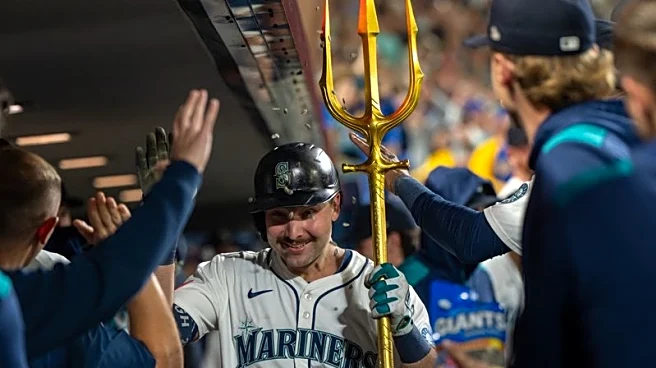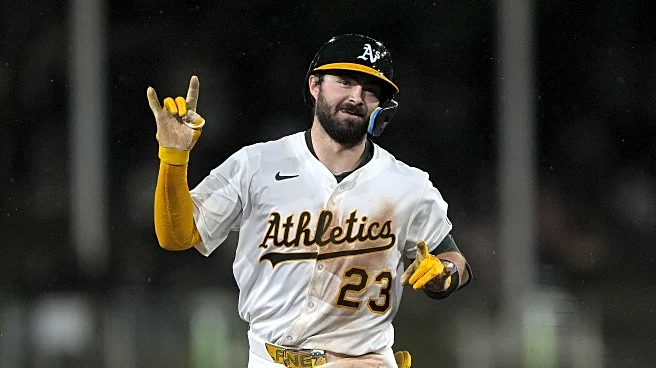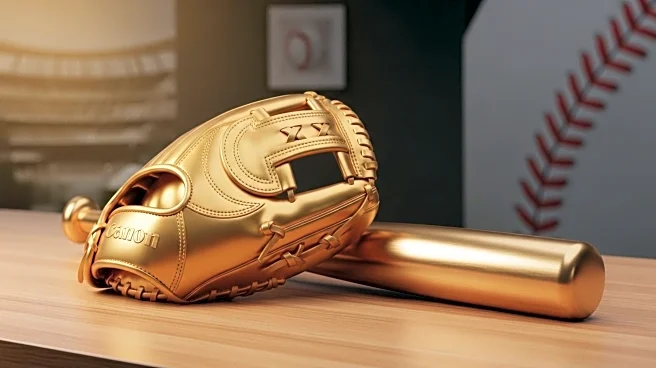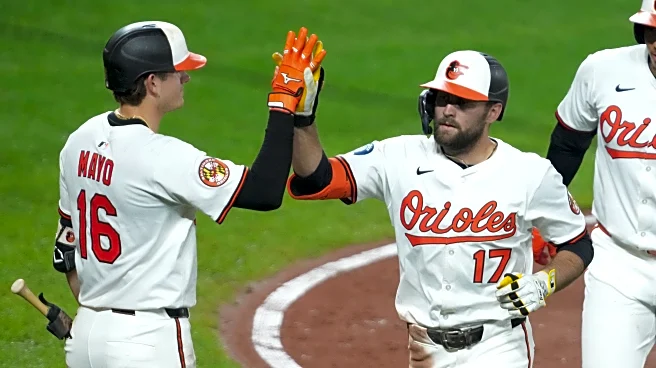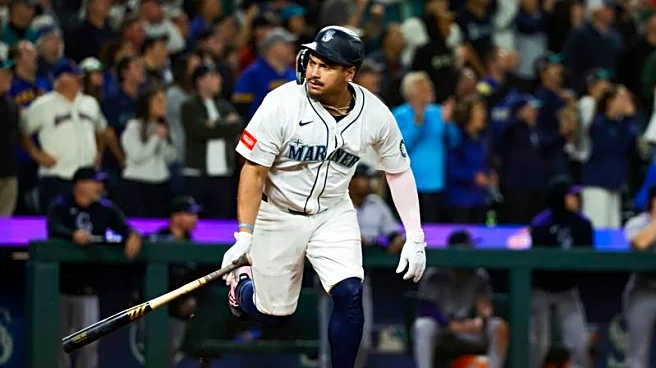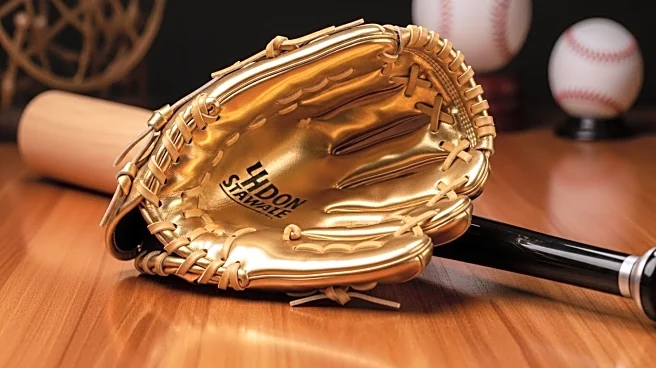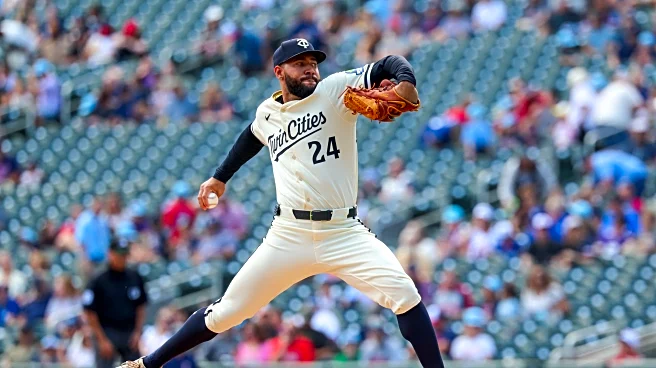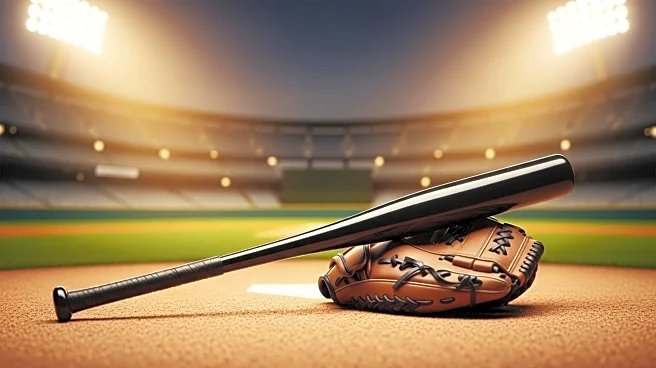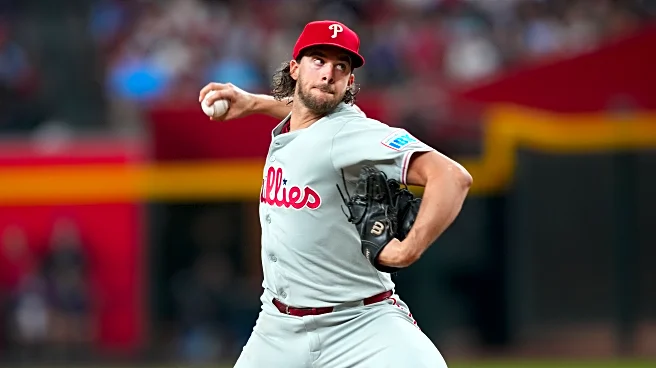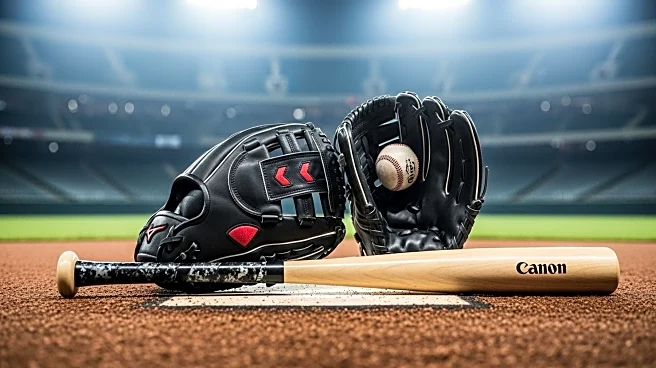It would be difficult to call 2015 the worst season in team history. The 30’s and 40’s were basically one long dark age for the franchise in which 100 loss seasons were commonplace. I am actually impressed
that the team was able to maintain any semblance of a fanbase throughout that time. But 2015 was the worst season the franchise has endured since 1970, which predates most readers of this site.
As we’ve “celebrated” the ten-year anniversary of that awful season, we’ve identified a few standout (for better or worse) players, and commemorated the notable moments throughout the year. While we’ve touched upon the few highlights, and noted some of the many lowlights, I wanted to see if I could identify the absolute low point of the worst season in decades.
Was it in June when they lost nine straight games, two of which came in walkoff fashion (and included the infamous white flag game)? Perhaps it was on June 26th when manager Ryne Sandberg quit as manager, trying to remove himself before too much of the team’s failures got pinned on him.
Perhaps it came on September 11. The Phillies treated their fans to not one, but two games against the Chicago Cubs. The starting pitching matchup for the first game was Jake Arrieta vs. Adam Morgan. If you’re only familiar with Arrieta’s work with the Phillies, you might not recognize that this was indeed a mismatch. But Arrieta was amazing that year, and won the Cy Young award.
Morgan was kind of like Ryan Madson in that he was drafted by the Phillies, and spent a couple of unsuccessful years as a starting pitcher before moving him to the bullpen. Unfortunately, he differed from Madson in that he didn’t develop into a great reliever.
The Phillies actually took an early lead when Aaron Altherr took Arrieta deep, and Morgan managed to shut down the Cubs for the first four innings. But in the fifth inning, the Cubs woke up, scoring five runs over the next three innings. The Phillies managed just five hits after the first inning – none for extra bases – and fell 5-1.
The lucky fans who took advantage of the 2-for-1 admission got to see Alec Asher take on Kyle Henricks. Somehow this was a bigger mismatch than the game in which they faced the Cy Young winner. Asher was part of the return in the Cole Hamels trade, and it quickly became apparent that if the Phillies were to “win” that trade (they didn’t), it wouldn’t be due to Asher’s exploits.
Asher fell behind early in this one thanks to Kyle Schwarber home runs in both the first and second innings. (It’s far more enjoyable when Schwarber hits home runs for the Phillies rather than against them.) Asher would stay in the game through the fourth inning, giving up two more runs. The Phillies would top their output from the first game, scoring three single runs, but the Cubs were never seriously threatened.
Perhaps rock bottom came later in the month. The Phillies rebounded to win the final two games of the Cubs series, only to follow up with a six-game losing streak.
The final game of that streak came in Atlanta. The 2015 Braves were almost as bad as the Phillies, but still won the first two games of the series by 2-1 scores. For the finale, we actually got a good pitching matchup. The Phillies sent rookie Aaron Nola to the mound against a solid veteran in Julio Teheran.
The Braves got a run off Nola in the first inning, but Nola rebounded, and followed that with six shutout innings. But the Phillies’ hitters were inept against Teheran, getting shut out over the first eight innings.
In the ninth, they mounted a rally against Teheran. Altherr and Brian Bogusevich had singles, and when reliever Peter Moylan came in for relief, Andres Blanco greeted him with a game-tying single.
The good feelings didn’t last long. A single by Andrelton Simmons, combined with an error and a stolen base put the winning run on third base. The Phillies walked Jace Peterson to face A.J. Pierzynski who came through with a single.
The Phillies actually finished the season on a somewhat high note, going 7-5 after that game. That was good enough to avoid a 100-loss season, but not so good that it cost them the top pick in the following year’s draft. (Hooray for winning the Mickey Moniak “sweepstakes!”)
Things would get better, albeit slowly over the next few seasons. It would still be another seven years until the Phillies reached the playoffs, but the slow crawl from the lowest point most modern fans had witnessed had indeed begun.

